- Teacher: Jessica K Long
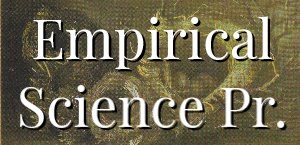
Intro to Biology uses the book Focus on Middle School Biology and
covers the fundamentals of scientific methodology in practice as it
provides the basic vocabulary and concepts for understanding what life
is, its categories, and the nature and function of cells. The course
seeks to inspire students with the beauty and meaning of the ordered
whole as it emphasizes the best habits of "modern science" through
observation and recording. Ten units and ten experiments are covered
from the books. Additional content and instruction is provided to ensure
that the course is sufficiently challenging for middle school students.
The students are introduced to the microscope and its uses.
This course is recommended to be taken first among our intermediate level science courses, since the greatest amount of time and emphasis is placed on basic skills, the single book is covered over 30 weeks, and the subject matter is vividly present for observation in the lives of children.

Course Description: Empirical Science Primer: Life Science covers the fundamentals of observational scientific methodology as it guides students to explore their immediate surroundings, and imbues in them the proper attitudes of the scientist. The course includes nature study, field notes, sketching, identification, taxonomy, data collection, collation, and basic inductive/causal argumentation. The hope is to connect the students native wonder and curiosity with the scientist's respect for reality and zeal for truth. Numerous opportunities will be found to impart terminology and practices that will prepare students for higher level courses in the sequence, without overburdening the students with a bulk of soon forgotten facts. The students are introduced to the microscope and its uses.
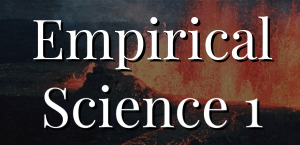
Intro to Geology & Astronomy uses the books "Focus on Middle School
Geology" and "Focus on Middle School Astronomy." It covers the
fundamentals of scientific methodology in practice as it provides the
basic vocabulary and concepts for understanding what the earth is in its
parts and as a system, as well as the earth as a planet situated in the
solar system, galaxy, and universe. The course seeks to inspire
students with the beauty and meaning of the ordered whole as it
emphasizes the best habits of modern science through observation,
experiment, and recording. The focus is upon physical rather than
historical geology. Ten units and ten experiments are covered from each
book.
Additional content, experimentation, and instruction is provided to
ensure that the course is sufficiently challenging for middle school
students. This course is recommended to be taken after the primer
course, since the emphasis continues to be placed on basic skills,
method, observation, and working within an inductive model.

Course Description: Empirical Science 1: Earth Science. Within
the context of the fascinating study of land forms, minerals, and
planetary phenomena, many timely and important topics are covered
including conservation of natural resources, climate change, pollution,
environmental justice, and geologic history. As with the previous
course, effort is made to connect the students native wonder and
curiosity with the scientist's respect for reality and zeal for truth.
Numerous opportunities will be found to impart terminology and practices
that will prepare students for higher level courses in the sequence,
without overburdening the students with a bulk of soon forgotten facts.
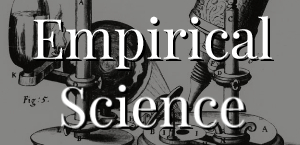
Intro to Chemistry and Physics uses the book Focus on Middle School Physics and Focus on Middle School Chemistry and
covers the fundamentals of scientific methodology in practice as it
provides the basic vocabulary and concepts for understanding chemistry and physics.
The course seeks to inspire students with the beauty and meaning of the
ordered whole as it emphasizes the best habits of modern science"
through observation, experiment, and recording. Ten units and ten
experiments are covered from the books. Additional content,
experimentation, and instruction is provided to ensure that the course
is sufficiently challenging for middle school students.
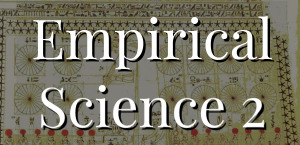
Course Description: Designed for 9th–11th graders, Introductory Physics incorporates math, history, and epistemology, making it the perfect text to draw students upward into the adult world of scientific investigation. The text includes 2 optional, more challenging chapters on buoyancy and geometric optics for older students.
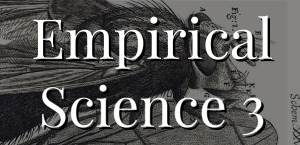
Course Description: One of the basic divisions of
natural beings is between those that live and those that do not. Biology
is the study of living things. This course is designed for high-school
students and is suitable for use in any of the four grades. It does not
assume the student has had any other high-school science course and, in
particular, does not assume a background in Chemistry.
- Teacher: Jessica K Long